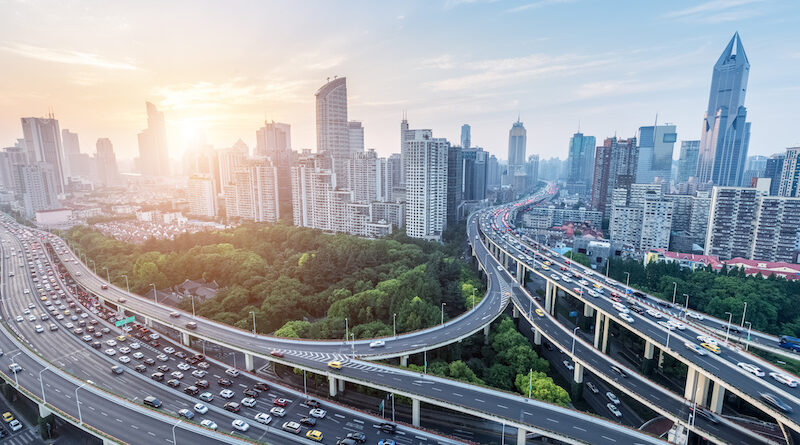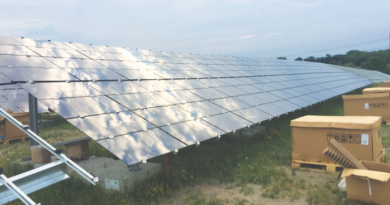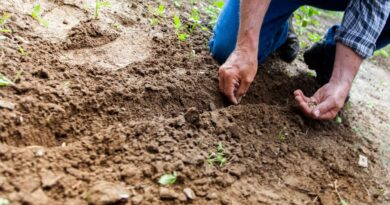MIT Researchers Develop Tool To Optimize Environmental Impact
Researchers at MIT have created an innovative new tool to reduce greenhouse gas emissions from America’s roads.
According to Hoodline, researchers at MIT’s Concrete Sustainability Hub have developed a new tool that addresses one of the core environmental challenges of our time: the life-cycle impact of the US infrastructure, particularly the vast network of roads spanning across the nation. As reported by MIT News, this innovation presents a life-cycle assessment (LCA) framework aimed at simplifying the environmental evaluation of pavements while minimizing the data collection efforts typically associated with such analyses.
The development comes amidst a growing awareness of the ecological footprint of America’s roads, with their construction and maintenance contributing substantially to the nation’s greenhouse gas emissions—over 75 megatons per year, studies have shown, making the figures all the more striking considering their impact on climate change. Citing the research by the MIT team, roads could see a potential emissions reduction of 65%, largely contingent on advancements in material choices and maintenance strategies despite current projections indicating a 14% decrease by 2050 resulting from improved practices like cement clinker replacement.
MIT’s proposal aims to ease the process, providing policymakers and stakeholders a way to navigate the often complex and data-heavy landscape of environmental analysis. “Conducting pavement LCA is costly and labor-intensive, so many assessments simplify the process using fixed values for input parameters or only focus on upfront emissions from materials production and construction,” Haoran Li, a postdoc at CSHub and the study’s lead author, told MIT News. Li’s framework aims to bring precision to these assessments by controlling uncertainties often disregarded in traditional methods.



